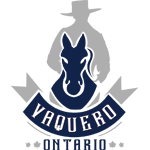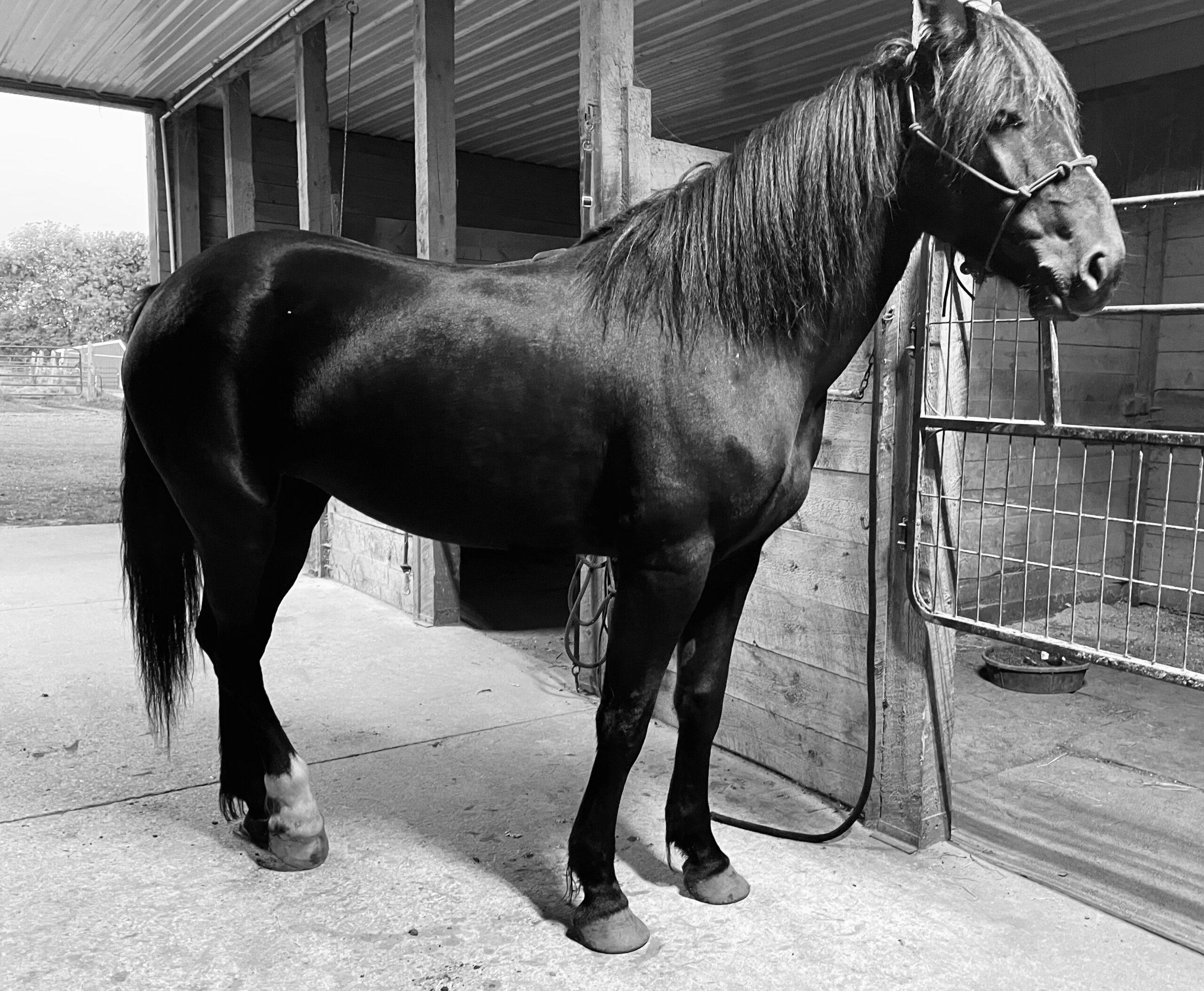Lunging a Horse: More Than Just Circles
Lunging is something many people do, but few fully understand the why behind it. In the world of horse training, lunging has a number of purposes—it can help teach a horse to listen for and respond to cues, to transition between gaits, to stop, to back up, and to change direction. It can also be a practical tool to let a fresh or young horse burn off excess energy before a ride, to evaluate soundness or behavior, or to reinforce rhythm and balance.
Another benefit? Lunging gives a horse the chance to mentally tune in before being ridden. But let’s be clear: lunging shouldn’t be used to instill fear under the guise of gaining “respect.” That word—respect—gets thrown around a lot, often in the wrong context. Teaching a horse to be afraid of you isn’t respect. According to the dictionary, respect is “a feeling of deep admiration elicited by someone’s abilities, qualities, or achievements.” That’s not fear. That’s trust, communication, and leadership.
In the Vaquero Tradition
In the Vaquero tradition, lunging is primarily about laying the groundwork for communication. It’s typically used during the early stages of starting a colt—to establish clear directional cues, transitions, and stopping signals in preparation for being ridden. Once a horse is under saddle and responsive, lunging usually becomes less routine unless there’s a specific need, like checking soundness or returning from time off.
The Mistakes We Make
Without getting too deep into the many techniques and philosophies of lunging (a rabbit hole in itself), I want to focus on one often-overlooked element: your feet.
One common mistake is stepping backward while lunging. When you do this, you’re essentially sending your horse a “follow me” cue, similar to leading. This can cause the horse to drift toward you and potentially invade your space.
Another common error is walking in a big circle alongside the horse, almost like you’re leading it on a giant lead rope. But this teaches the horse to rely on you for direction and rhythm, rather than taking responsibility for maintaining its own path, speed, and energy. Over-cueing—nagging with constant signals—is another pitfall. It denies the horse the opportunity to make decisions and learn through observation and correction.
Watch the Herd
Spend time watching horses in the pasture, and you’ll see a natural language at play. Dominant horses go where they please; the more submissive horses yield space. It’s not bullying—it’s communication. And more often than not, it’s subtle: a flick of the ear, a shift in the eye, a quiet turn of the head.
This same dynamic can (and should) be mirrored when you lunge. If you’re stepping out of the horse’s way, especially with more dominant horses, you may unintentionally signal that they are the leader. Your foot position and movement matter—a lot. They tell your horse who’s setting the tone.
The Mechanics of Movement
When lunging in a clockwise direction, plant your right foot as your pivot and move around it with your left. Align your body to face the horse’s hip, not its head. You’re not going with the horse—you’re influencing it. If you step toward the horse’s front end—aiming to cut across its path—it will often result in a downward shift in energy: slowing, stopping, or a change in direction.
When switching to counter-clockwise, reverse your pivot. Now your left foot becomes the anchor, and your right steps around. Maintain the same posture, facing the horse’s hip, not mirroring its path. That subtle shift—of stepping toward the horse—adds energy and impulsion. It gives the impression that you’re advancing, even if you’re standing in place. Horses pick up on that illusion quicker than most people expect.
You can test this concept by doing the opposite: switch your pivot foot and step backwards with your inside leg. Watch how your horse responds—likely by drifting in or cutting you off. That shift in your posture is an open invitation into your space.
In Summary
Lunging isn’t just about movement—it’s about communication, intention, and leadership. It’s not about running a horse in circles until it tires out or becomes fearful. It’s an opportunity to build understanding from the ground. Pay attention to your own body: where your feet are, how you’re moving, what you’re communicating—intentionally or not. Because your horse is always listening.

